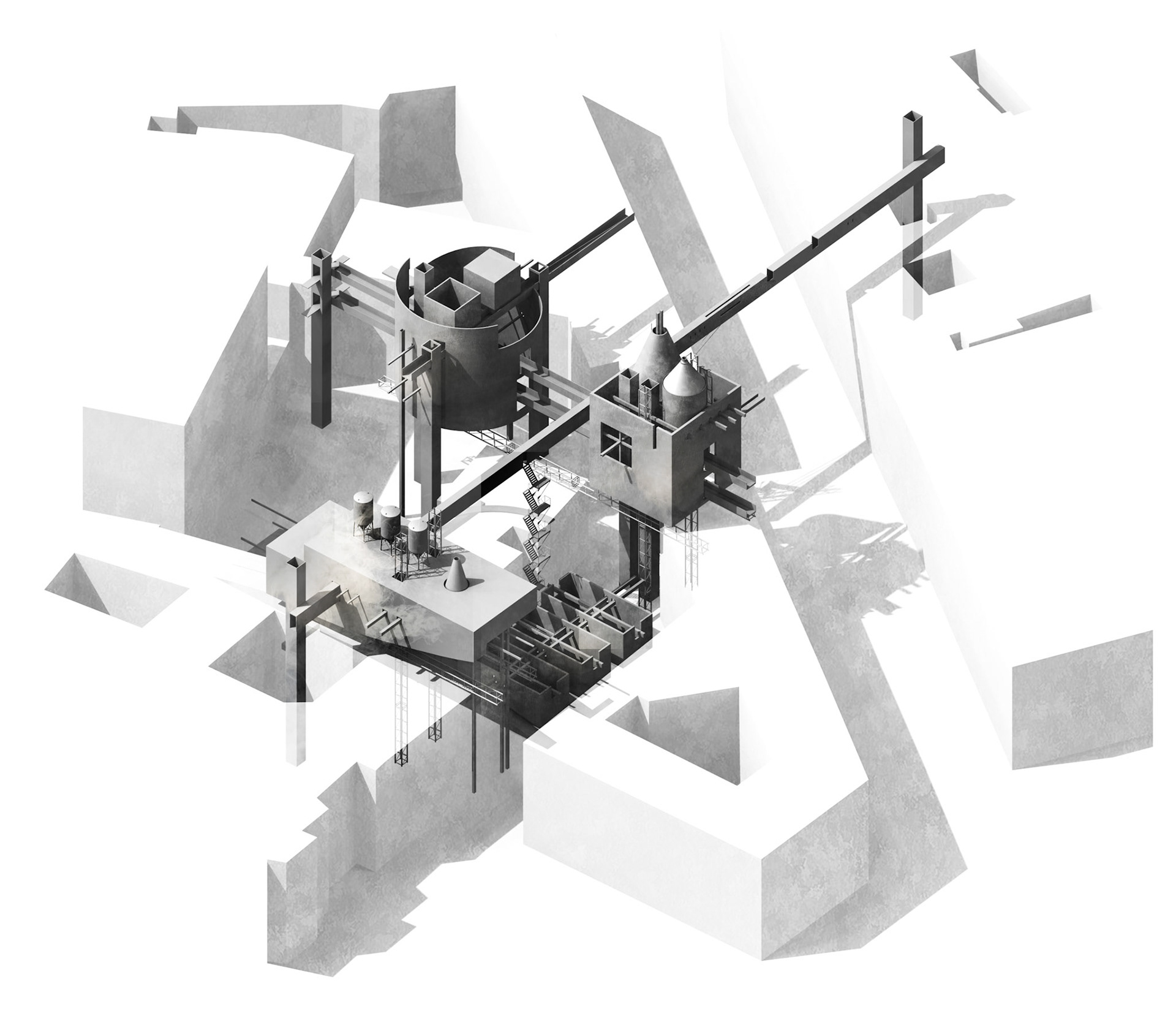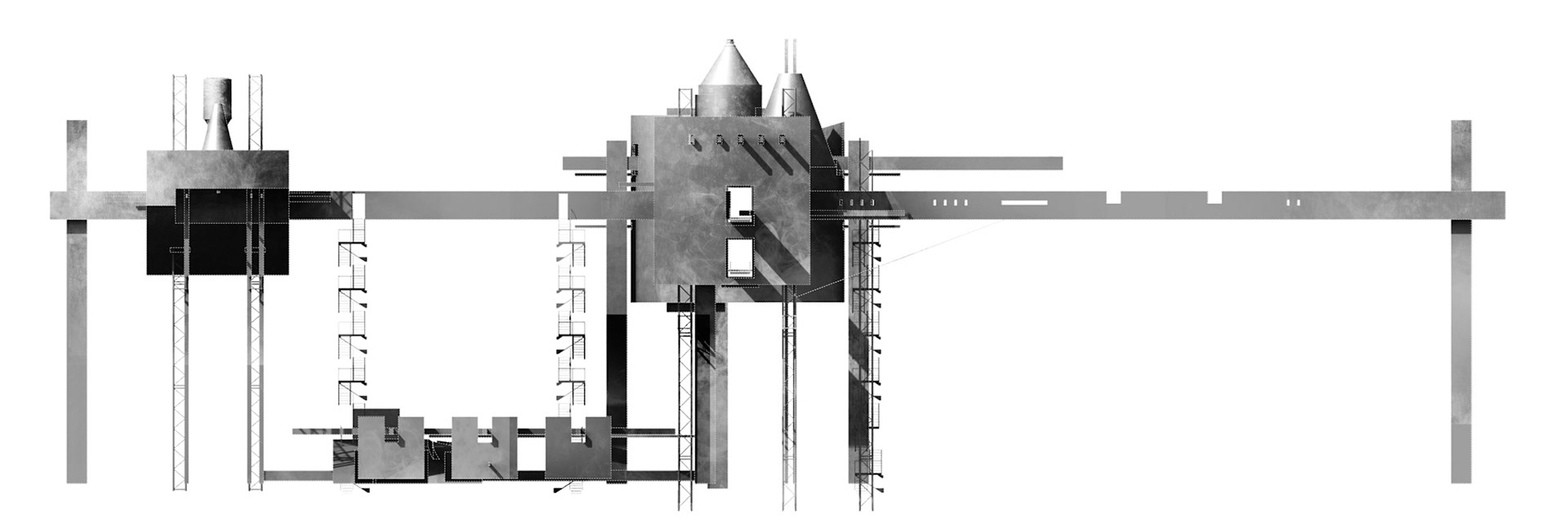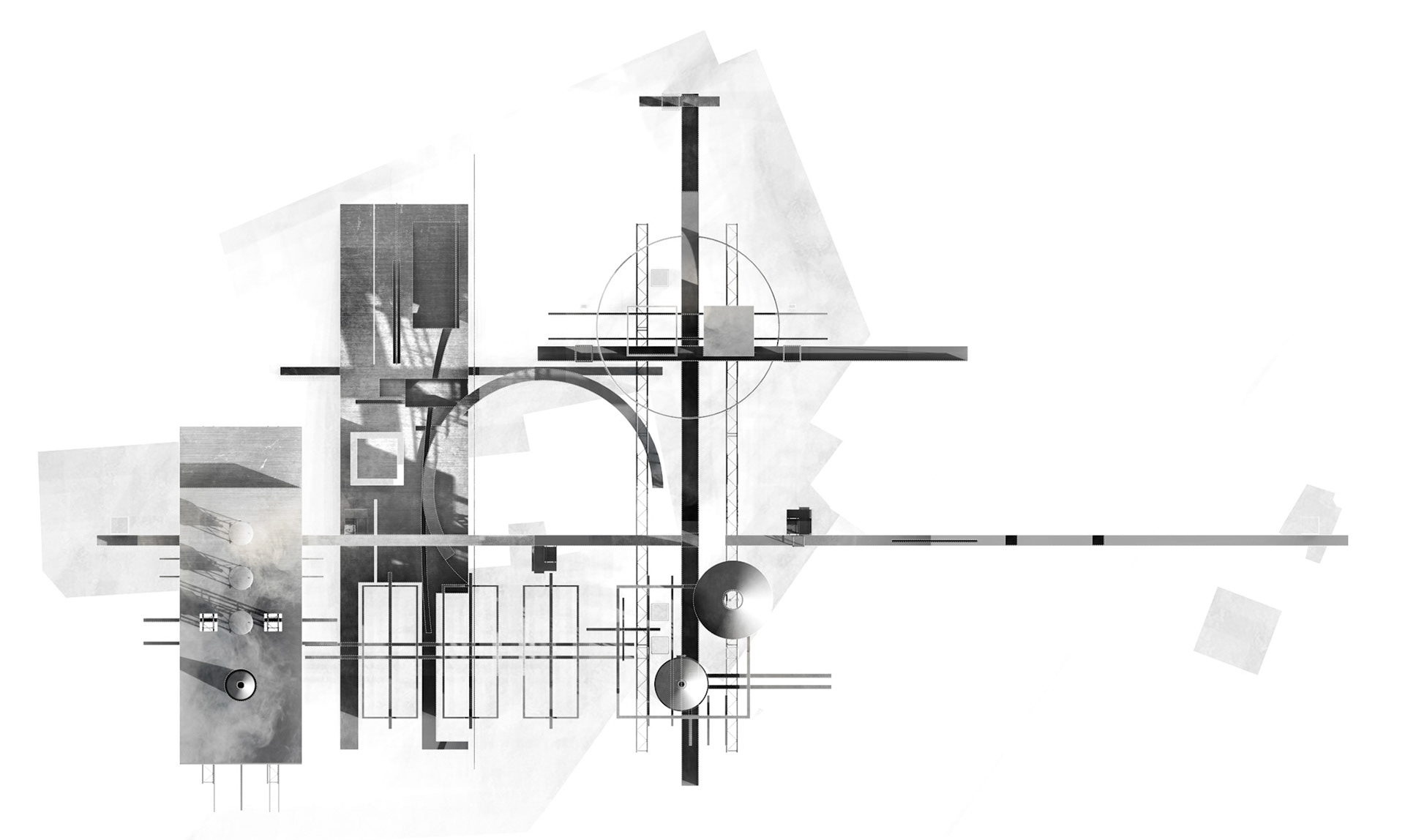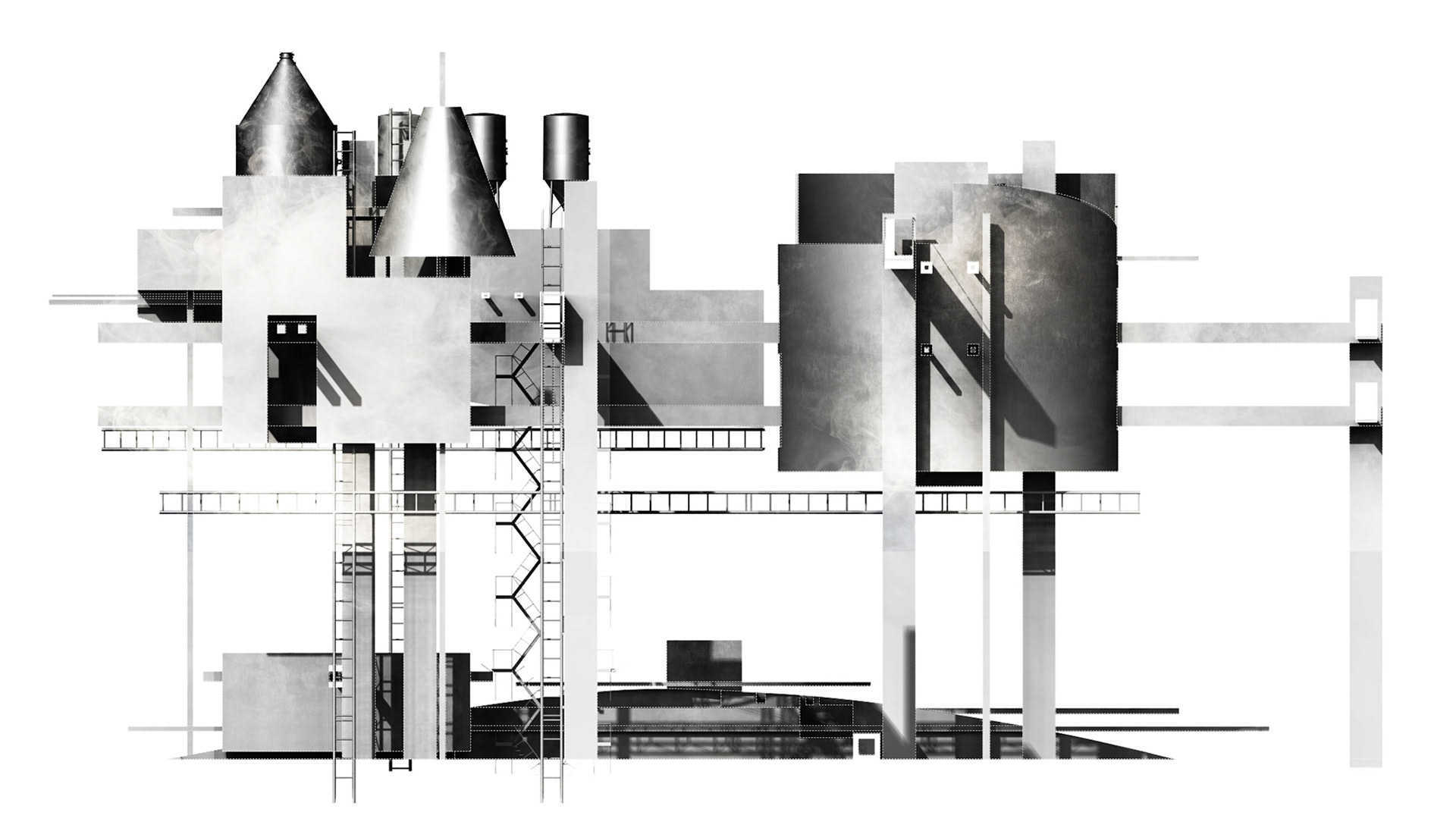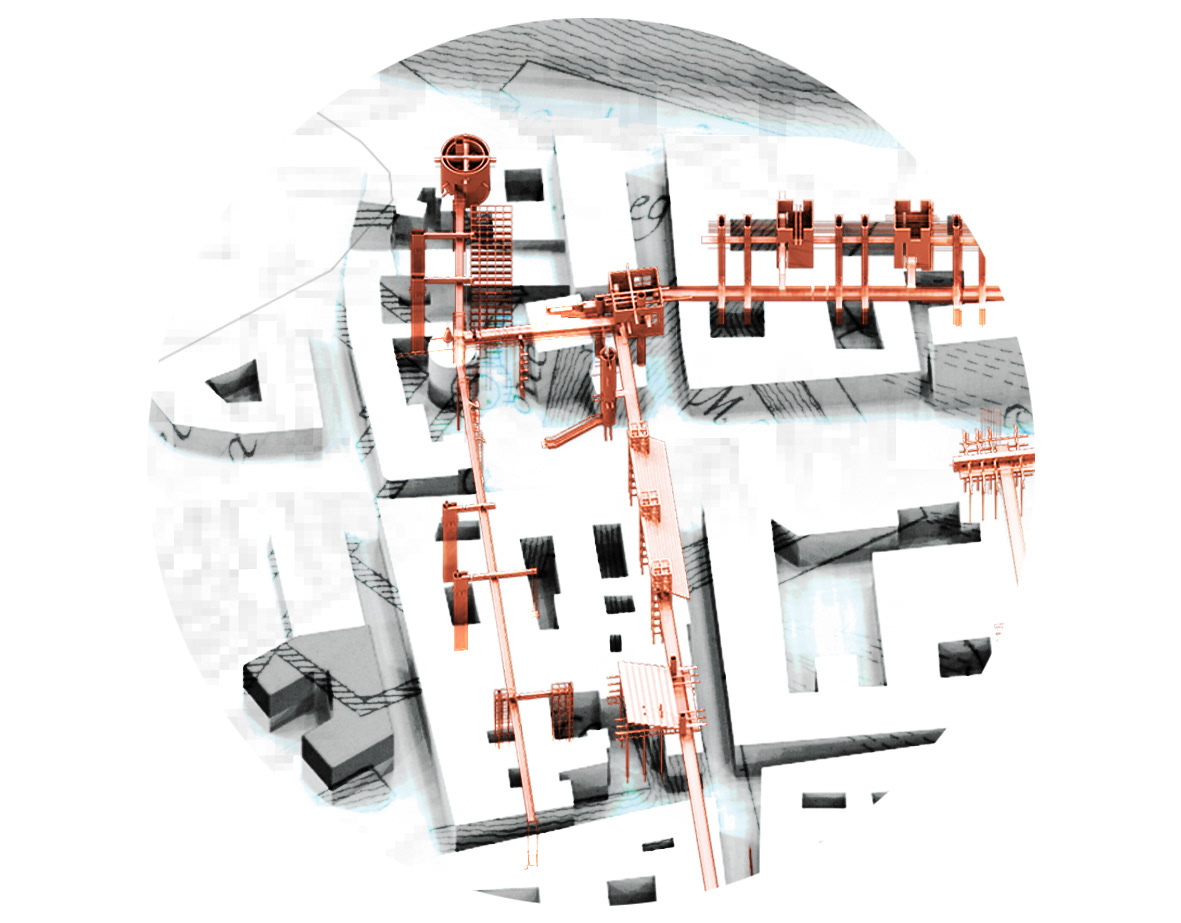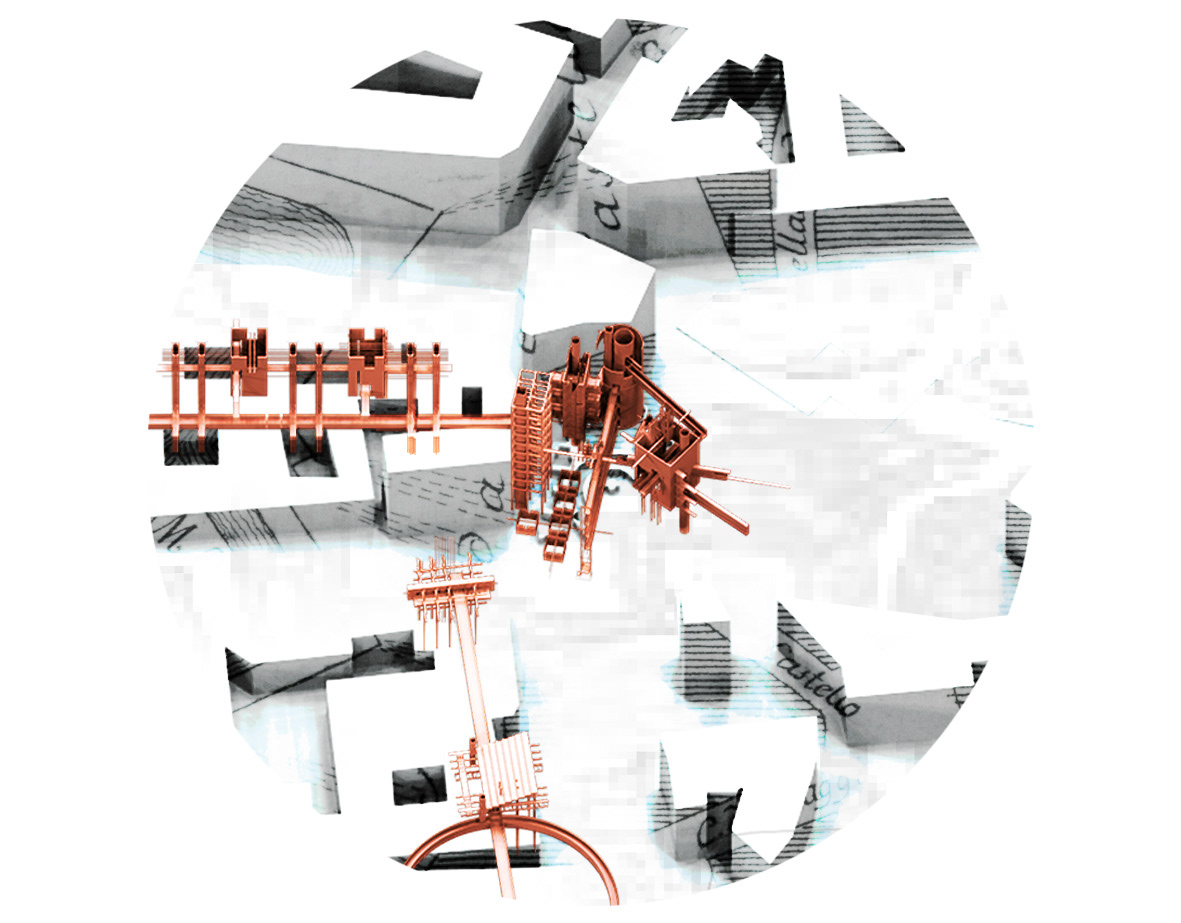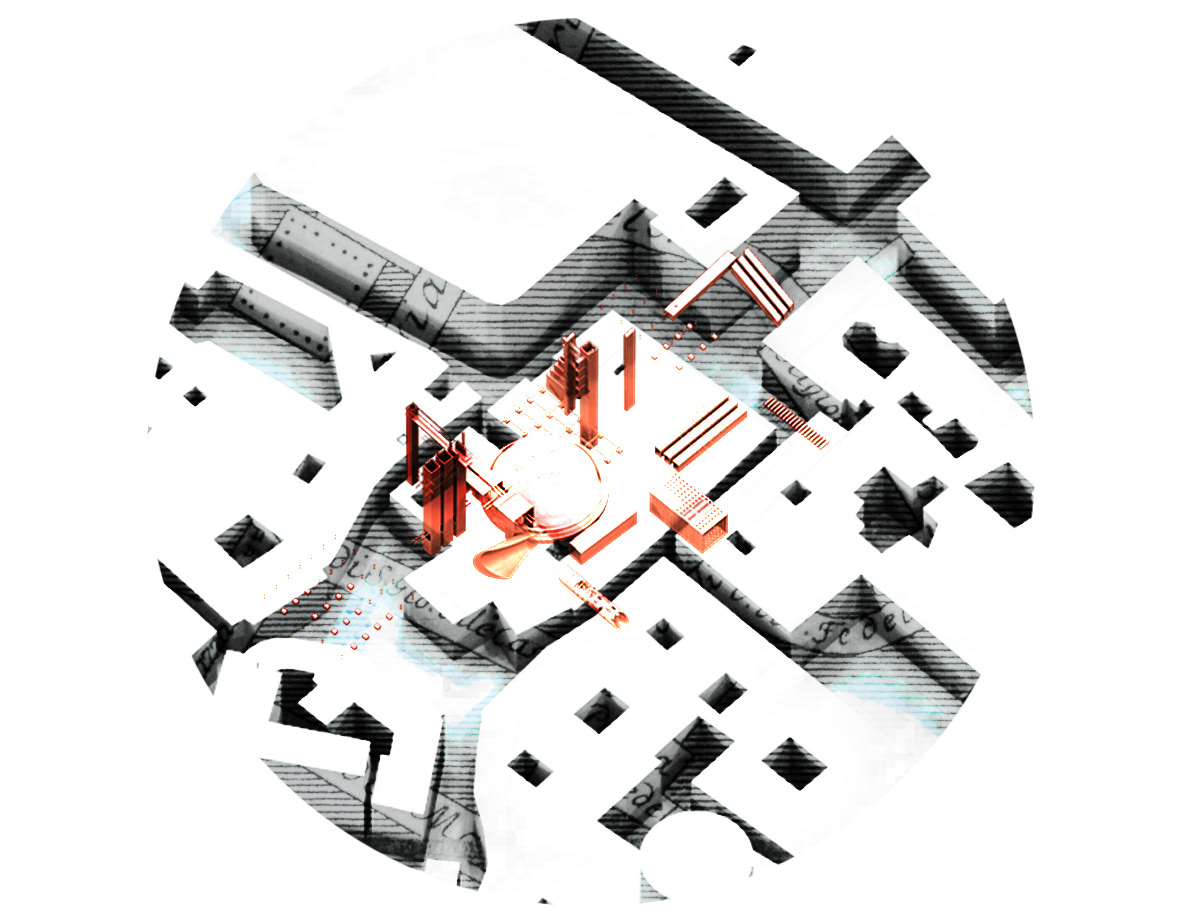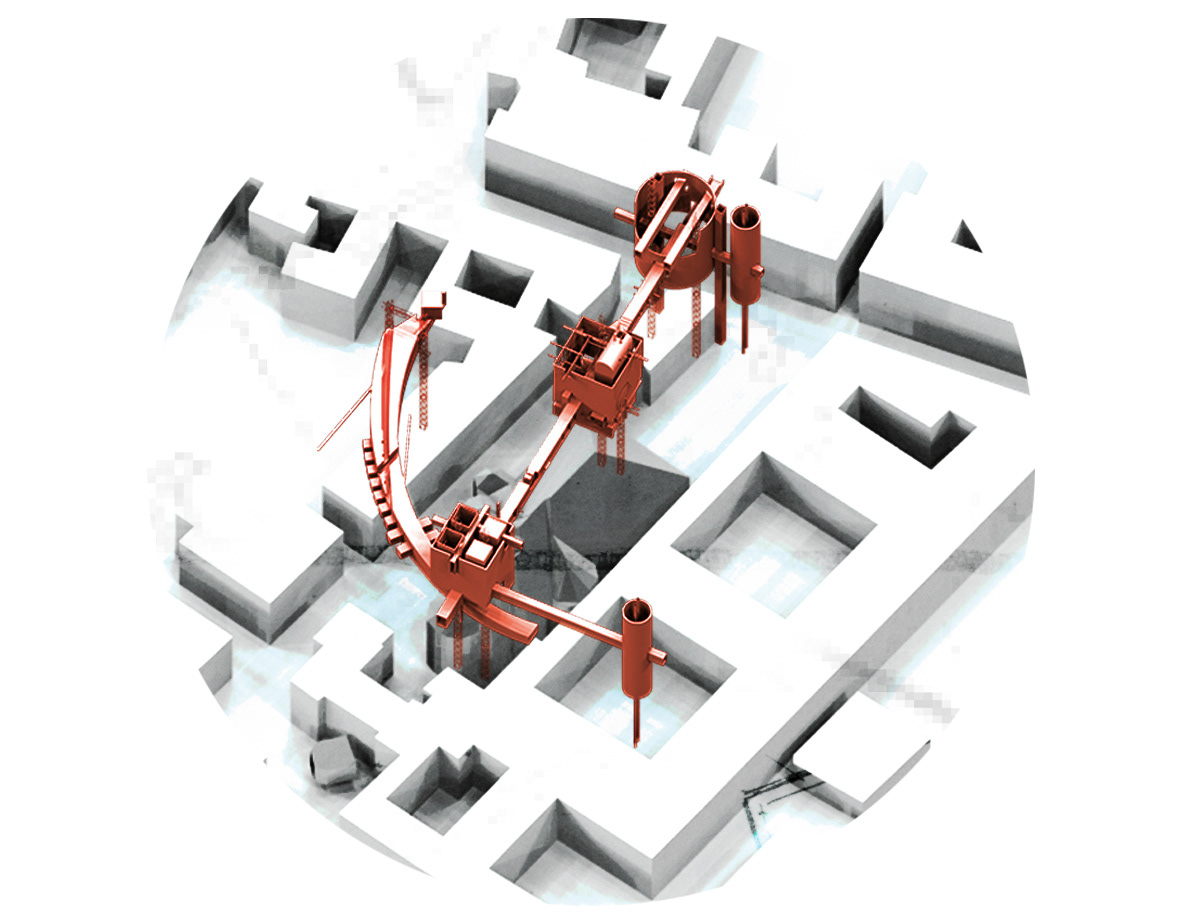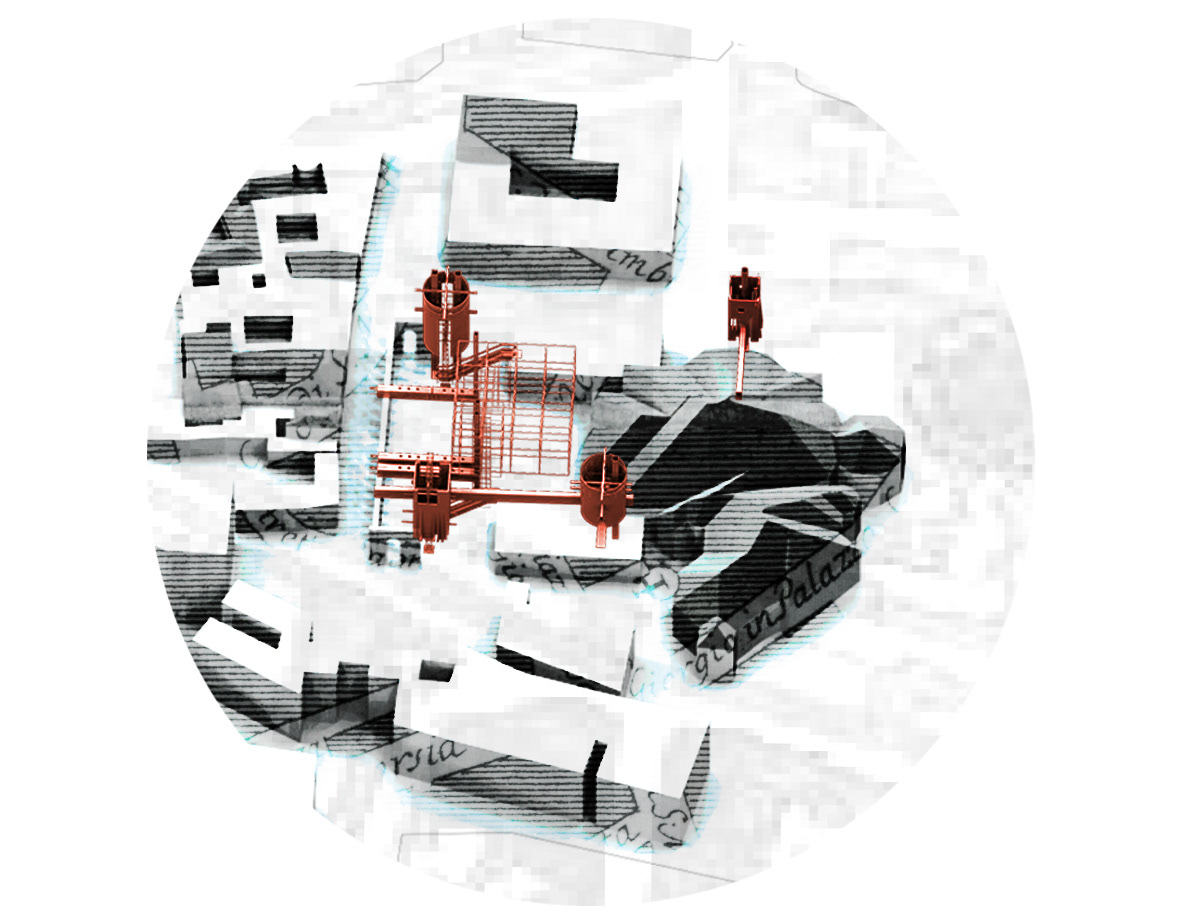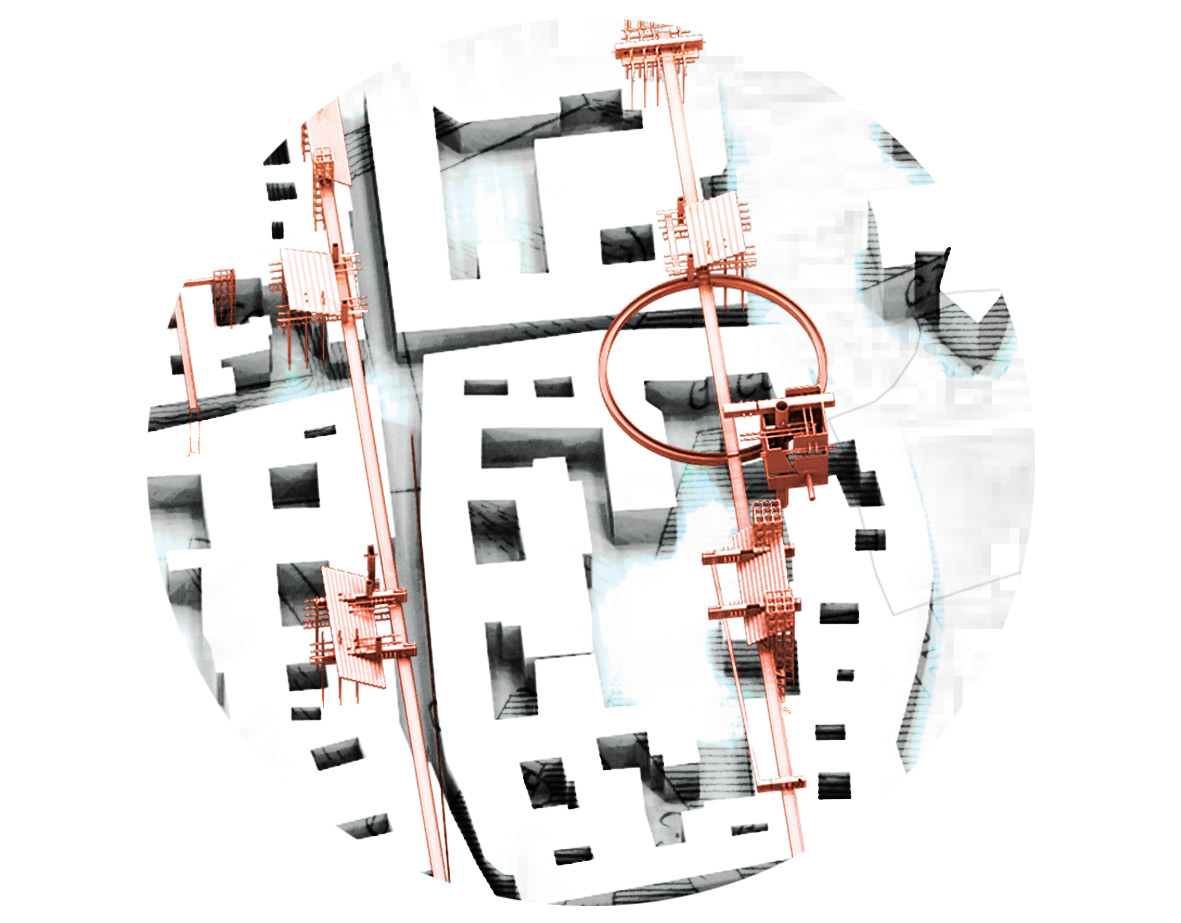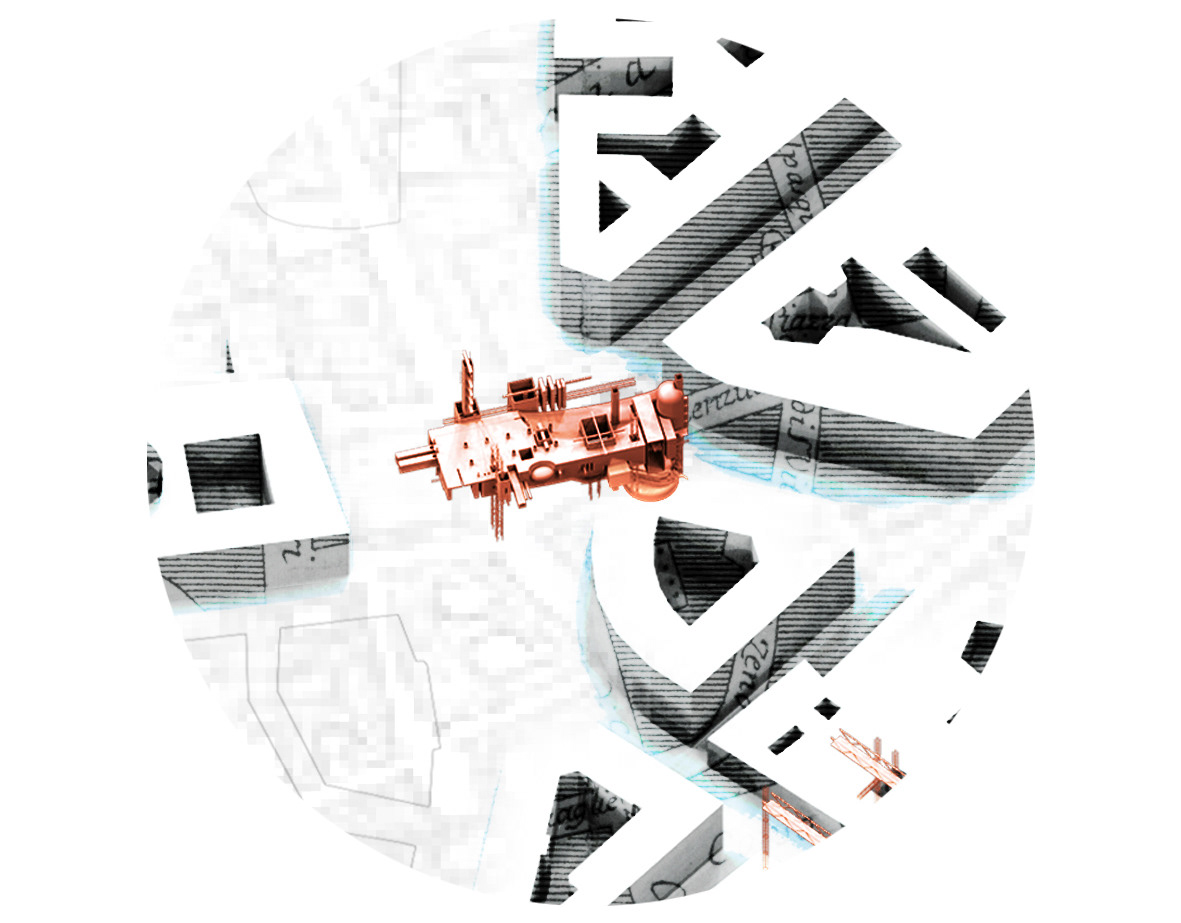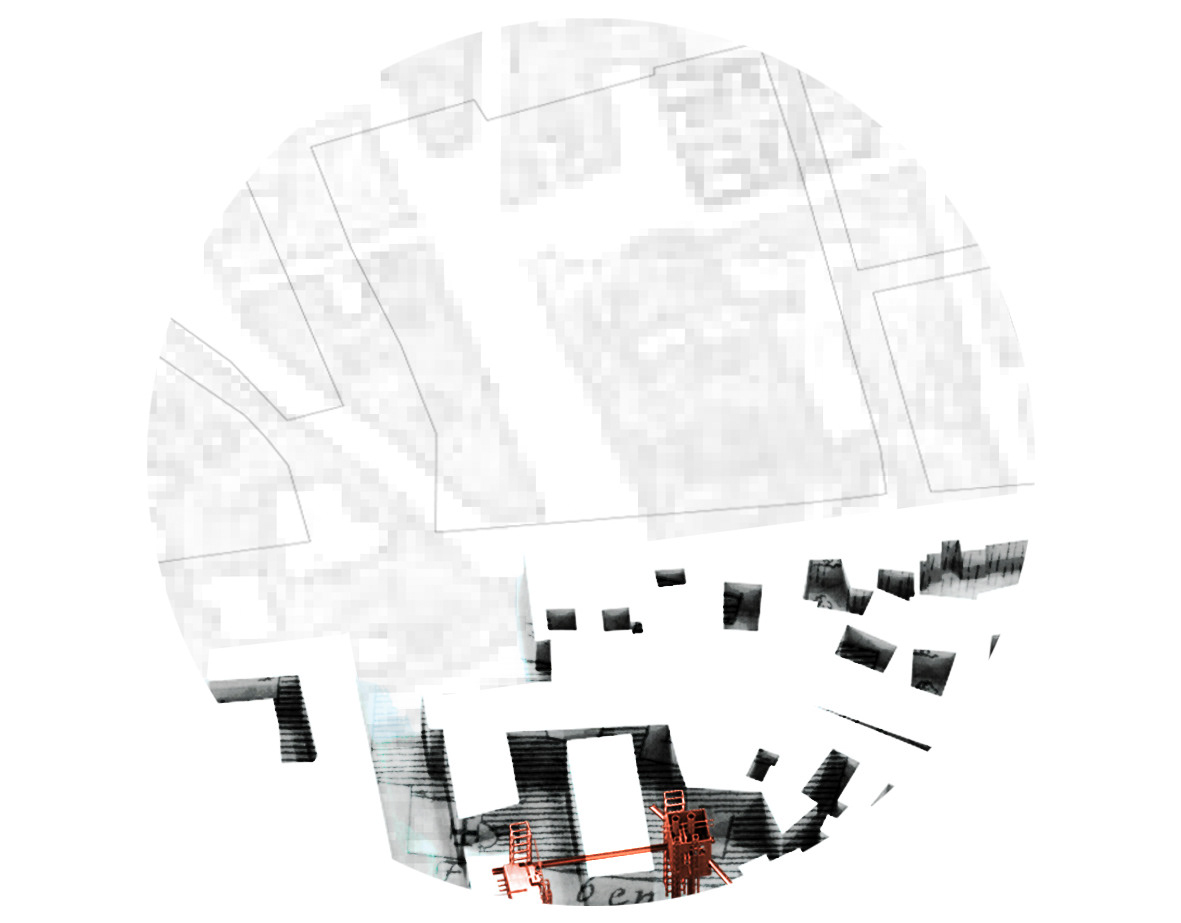One of the most important monuments of Milan in Late Antiquity was the great complex of the Baths, so-called Herculean because Maximianus Herculius ordered them to be constructed inside the city walls he had extended in the eastern area of the city. The Baths establishment, which was 14,500 square meters in area, was supplied by a watercourse, noted in medieval sources, as Acqualunga, which may have determined the choice of the site. The complex was composed of vast, porticoed, outside area, the gymnasium, which gave access to the imposing structure devoted to the different phases of the elaborate ritual of bathing. This social custom had become indispensable in the Roman world from the early centuries of the Empire and was maintained up until Late Antiquity. The complex, seriously damaged by fire, was probably abandoned in the fifth century A.D.
